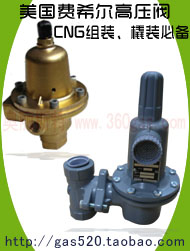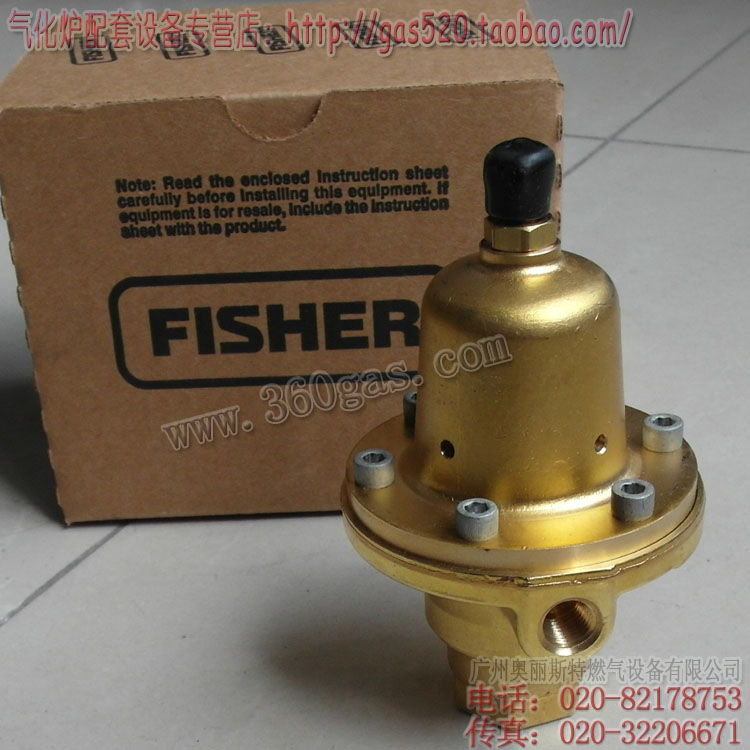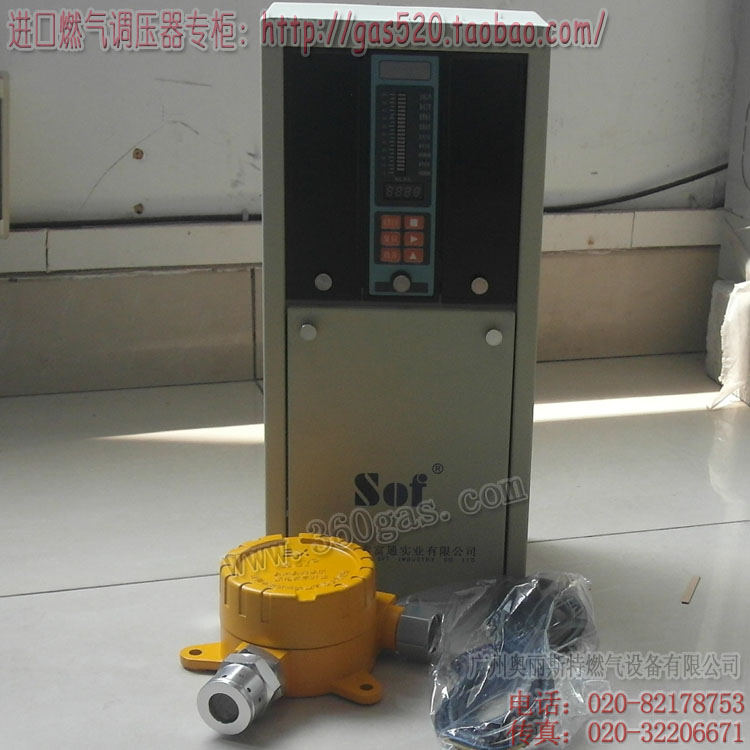位置:首页 > 燃气资讯 > Finland Decree Pre
Finland Decree Prepares Infrastructure for LNG Marine Fuel
浏览次数 760 , 日期 2013-10-26 , 燃气设备 加入收藏
The Government of Finland has issued a decree on the general terms for granting investment aid for liquefied natural gas (LNG) terminals. The proposed infrastructure will enable Finland to meet reduced limits for sulphur in marine fuel in SOx Emission Control Areas (SECAs), in accordance with the work of the International Maritime Organisation (IMO).
The decree was to enter into force on 15 October 2013. At the same time, the Ministry of Employment and the Economy was to launch the application procedure for the aid. This year’s supplementary state budget sets aside EUR 33 million (USD 45 m) for the aid scheme, and EUR 90 million (USD 123 m) has been proposed for next year’s budget.
The investment aid is intended for the planning and construction of a terminal and related equipment to be used for importing or receiving liquefied natural gas, and for unloading, storage and delivery.
The aim of the aid scheme is to help launch projects worth hundreds of millions of euros, in which several national LNG terminals of a smaller size class are to be built along Finland’s coastline with storage tanks that have a volume of between 5,000 and 70,000 cubic metres.
The aid would be granted under the terms of this decree and the Act on Discretionary Government Transfers, and its amount could be about 20–30 per cent of the total investment in the project. Granting and paying the aid require launching a state aid notification procedure and the European Commission’s approval of the aid being suitable for the common market. However, it can be granted conditionally, pending the Commission’s approval.
The terminals allow for the increased use of cargo and passenger vessels using LNG in the Baltic Sea. At the same time, it will be possible to fulfil the obligations of the so-called sulphur directive, which enters into force at the beginning of 2015. According to the directive, the sulphur emissions from fuel used in shipping in the Baltic Sea should be reduced from one per cent to 0.1 per cent. The use of LNG also considerably reduces emissions of nitrogen oxides.
The terminals will make it possible to import natural gas to areas outside the natural gas network, which increases energy supply diversity and delivery reliability while reducing emissions, especially in industries in which other fossil fuels are used as energy sources.
At the same time, a competing supply of gas will be created in Finland, which will make the gas market function better while making gas prices more competitive. This is in line with the Baltic Energy Market Interconnection Plan (BEMIP) project launched by the EU in 2008. The project’s goals include integrating the gas networks of the Baltic countries and Finland into the European gas network.
The decree was to enter into force on 15 October 2013. At the same time, the Ministry of Employment and the Economy was to launch the application procedure for the aid. This year’s supplementary state budget sets aside EUR 33 million (USD 45 m) for the aid scheme, and EUR 90 million (USD 123 m) has been proposed for next year’s budget.
The investment aid is intended for the planning and construction of a terminal and related equipment to be used for importing or receiving liquefied natural gas, and for unloading, storage and delivery.
The aim of the aid scheme is to help launch projects worth hundreds of millions of euros, in which several national LNG terminals of a smaller size class are to be built along Finland’s coastline with storage tanks that have a volume of between 5,000 and 70,000 cubic metres.
The aid would be granted under the terms of this decree and the Act on Discretionary Government Transfers, and its amount could be about 20–30 per cent of the total investment in the project. Granting and paying the aid require launching a state aid notification procedure and the European Commission’s approval of the aid being suitable for the common market. However, it can be granted conditionally, pending the Commission’s approval.
The terminals allow for the increased use of cargo and passenger vessels using LNG in the Baltic Sea. At the same time, it will be possible to fulfil the obligations of the so-called sulphur directive, which enters into force at the beginning of 2015. According to the directive, the sulphur emissions from fuel used in shipping in the Baltic Sea should be reduced from one per cent to 0.1 per cent. The use of LNG also considerably reduces emissions of nitrogen oxides.
The terminals will make it possible to import natural gas to areas outside the natural gas network, which increases energy supply diversity and delivery reliability while reducing emissions, especially in industries in which other fossil fuels are used as energy sources.
At the same time, a competing supply of gas will be created in Finland, which will make the gas market function better while making gas prices more competitive. This is in line with the Baltic Energy Market Interconnection Plan (BEMIP) project launched by the EU in 2008. The project’s goals include integrating the gas networks of the Baltic countries and Finland into the European gas network.








